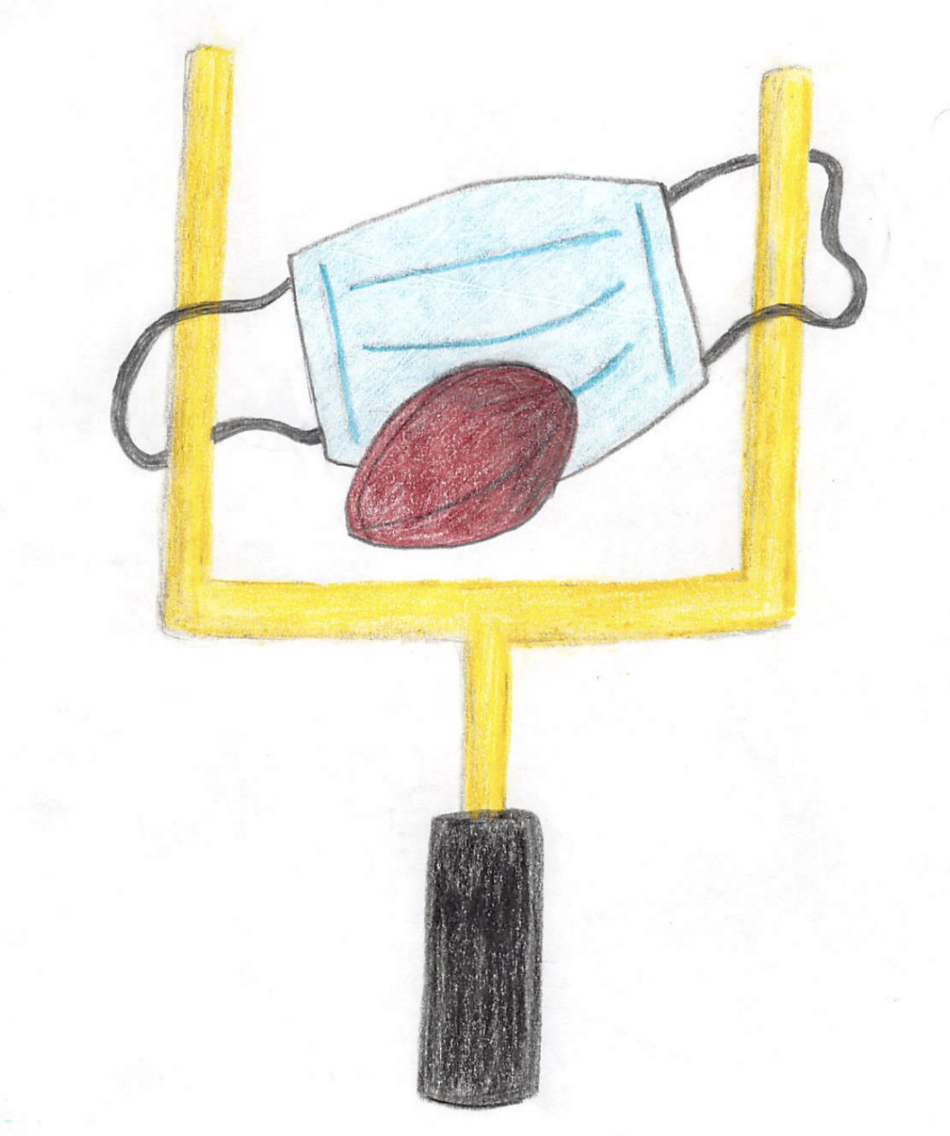With Covid-19 continuing to impact the world, many college athletics have changed dramatically, affecting the schools themselves and the players, coaches, and especially financial contributors. The Big Ten conference, most notably the biggest and most important college football event, has been seriously impacted by the pandemic. Drexel’s independent student newspaper states schools that compete in the Big Ten conference should expect to lose around $275 million in ticket sales and $1 billion overall in lost revenue. Additionally, the paper noted that in late August, Ohio State University projects to fail $104 million, including $50 million in ticket sale losses. Other significant universities like Oregon State, Wisconsin, and even powerhouse team Clemson have felt the virus’s effects drastically change their seasons.
Another factor is where the universities are in the nation, affecting how many games they play and where. Northeast Colleges have either postponed, canceled, or reduced their season regarding the pandemic and their state’s regulations. The University of Connecticut was the first college football team to effectively cancel their season in the summer, thus foreshadowing the downfall college football would have in the following season. However, universities in the Midwest and especially the South have taken their states’ health precautions regarding Covid-19. Still, they have continued to play a significant amount of games despite the raging pandemic. This considerable difference in the virus’s treatment is evident in televised competitions. It is apparent through the media that Northern schools, such as Rutgers University and the University of Michigan, have had significant restrictions on stadium attendance to reduce the spread of the virus. On the other hand, Southern schools, such as Ole Miss, Tennessee, and the University of South Carolina, have fewer restrictions and crowded stadiums during their games.
This mentality change is also clear in the number of infected cases various football teams have had during the current season. Northern universities are obviously on the lower end of infection rate while some Southern schools, like the University of Alabama, are experiencing massive increases in cases. The most notable recent case is with Clemson University’s star quarterback Trevor Lawerence. He has missed the team’s past two games due to quarantine. His absence in the team’s most recent game against Notre Dame caused players, coaches, and even fans to worry about the fate Clemson had. In the end, No. 1 Clemson lost to No. 4 Notre Dame in a nail-biting score of 47-40.
Overall, it’s understandable that college football’s Fall season would not be the same as it was in previous years. However, as colleges reopen and students begin to flock back in masses, individual universities cannot keep up with the rapid growth of cases. With tournaments like the Big 10 and Pac-12 being affected by Covid-19, schools and donors lose millions of dollars. How will the schools deal with these losses, and how will it affect the players? As Covid-19 continues, the future of college football and college sports, in general, is unknown. With many schools canceling or postponing their season, the damage done this Fall could be irreversible in the future.
Emily Sue
Sports Editor
Graphic: Tess Cundiff

